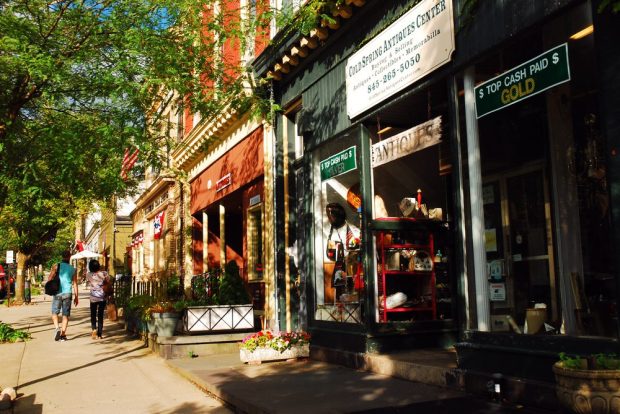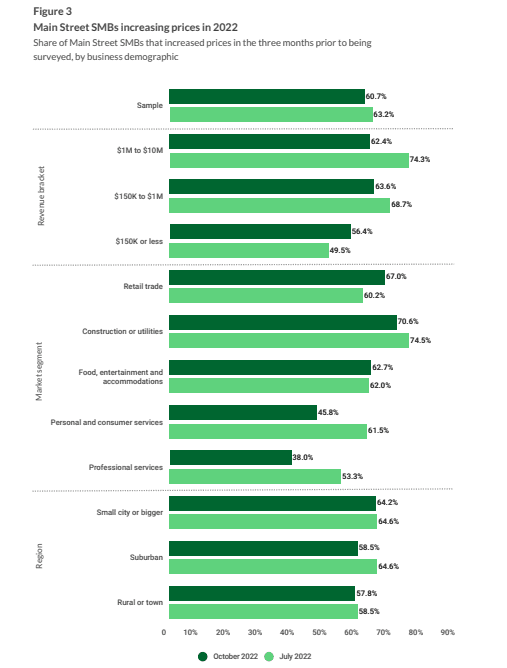Slumping Retail Sales Signal Pain for Main Street’s Small Business Operators

The small businesses lining Main Street will feel a profit pinch as consumers’ wallets snap shut.
Coming into the new year, these firms — the nail salons, retailers and specialty shops, the restaurants, too — raised prices to combat their higher operating costs.
But now there’s blowback.
Too few of these small to midsized businesses (SMBs) have invested time and money in streamlining their operations in ways that would offset top-line pressures.
As reported on Wednesday (Jan. 18), retail sales fell 1.1% last month, on the heels of a 1% November drop.
Drilling into the numbers and excluding the as-always volatile gas and auto sales, retail sales declined by 0.7%. The performance is mixed when one looks at a variety of sub-categories.
December marked the holidays, and a month-over-month drop from November may signal that boost from gift-giving cheer was not in the cards. Inflation’s growth rate may be ebbing, but growth is still growth.
The “gift giving” categories — our term, not an official designation — suffered. Sales were 1.1% lower at electronics and appliance stores. Department stores saw their top lines slide by 6.6% — the most outsized drop in the pantheon. Food and beverage businesses — restaurants, not groceries — were flat. Perhaps we’d say this is a bright spot, but stagnant spending will not be enough to counteract the higher “input” costs (ingredients, wages and more).
Discretionary Items Take a Hit
The declines are among the most concrete and most recent examples we have, to date, of how discretionary these items are.
As for the ripple effects that loom, we’ve reported in the most recent Main Street SMB study, Main Street small businesses had already been anticipating a recession headed into the new year.
One way they’d been combatting the impacts of inflation on their operations was to raise prices.
The chart below shows how widespread the approach was last year: Two-thirds of retailers embraced price increases. And those increases “stuck,” at least until the Fall of 2022 hit and we saw consumer spending dip. Consumers pulled back even when SMBs didn’t raise prices across the board. Less than half of personal and consumer-service locations — salons, for example — increased prices. Yet, in December, the government data show that spending at health and personal care stores was down 0.9%.

The price hikes, then, have finally generated sticker shock for consumers as 2022 drew to a close — at least, that’s what November and December’s spending dips tell us.
As for the profit pinch, many of our Main Street businesses do not have all that many other levers to pull to offset the twin pressures of spending declines and their own surging operating costs.
Margins, of course, have been and will be the main casualty. the data show that among smaller companies
68% reporting decreased profit margins in the last 12 months even before the holiday season kicked in. That’s up from 59% in the summer. Very few firms reported lowering business costs in October 2022, at 11%, compared to 16% in July 2022. Meanwhile, 13% mentioned working on improving productivity in October 2022 and July 2022. The stats show there’s at least some recognition that squeezing costs out of the daily task of keeping the lights on is the way to go. But it may be a case of too little, too late.
Get ready for the scramble, as we see markdowns and promotions to incentivize consumers to open their wallets back up while Main Street proprietors figure out what to do next.